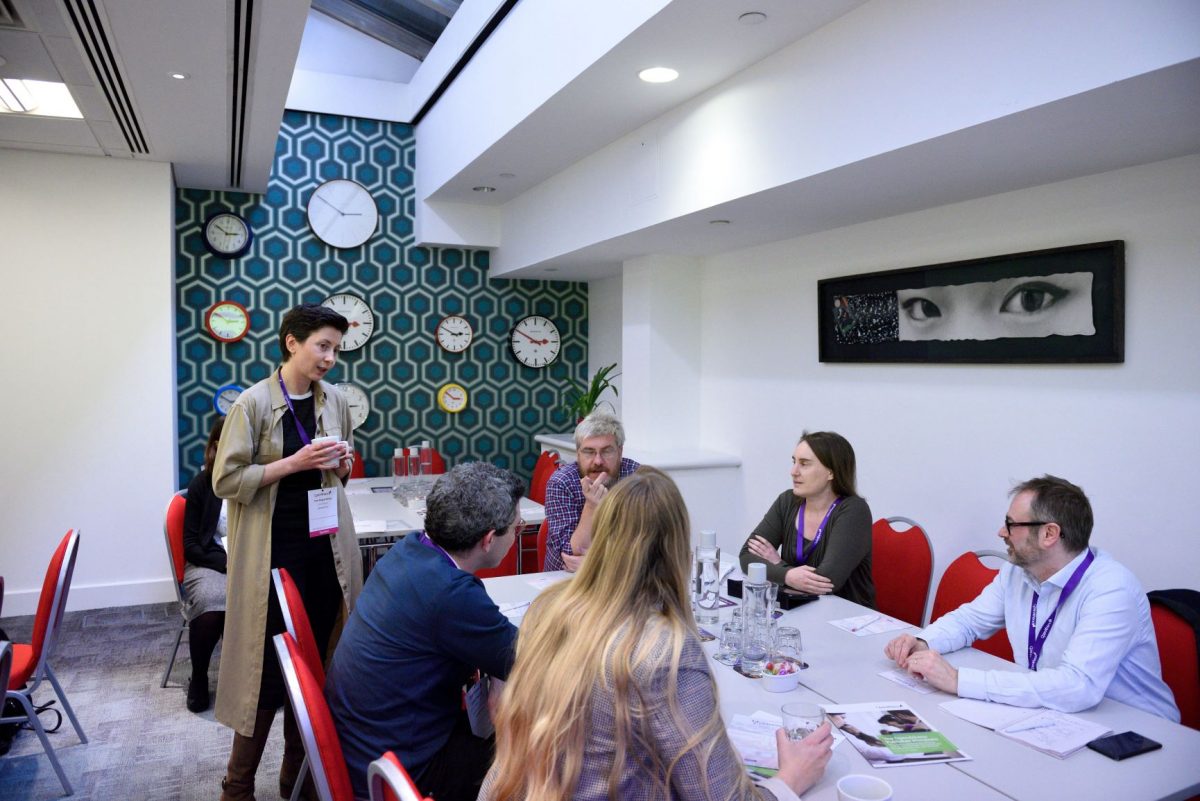
How user experience drives design decisions
In this EBSCO podcast discussion, UX designer Vee Rogacheva discusses how user experience drives design decisions for product and service development.
With product and service design, Vee says talking to relevant audiences is a vital step in creating something that will truly meet their needs.
Speaking about what UX is, and why it is so important, she said:
"If you really want to solve a problem for your audiences, you need to go in there and talk to them. It is as simple as that. There’s many ways you can talk to your audiences.”
Human-centred design
Vee uses a ‘human–centred design framework’ which involves three steps
- Discovery
- Experiment
- Implementation
During the discovery phase, Vee and her team will speak to ‘users’ and find out how they use our product. The things they struggle with and what they want. These findings are used to develop and experiment with different ‘solutions’ or systems. They are designed to facilitate user needs and to work out which ones are the most effective. The team then moves to the implementation phase, rolling out the most successful solutions but continuing to monitor its performance.
The difference between UI and UX design
Vee explains the split between UX and user interface (UI) design. Describing the UX designer as the ‘why’ person, and the UI designer as the ‘how’ person.
"They are very different functions and they do very different things", she said.
"UI designers are focused on the look and feel, so elegant design, smart animation, bouncy buttons. These are all the result of the craft of the UI designer. The focus is on answering the question how to make it easier for the user to engage with specific functionality. UX designers ask the question 'why would the user want to use that functionality at all . Does that functionality solve a genuine need?' The two roles should work very closely together to deliver the best results", she added.
"UX design is not limited to software development. It can be applied to any product or service", Vee explains.
"There’s a separate parallel space to UX design. And that is a service design which uses exactly the same framework, but it really captures the whole process. Experts in that field work on projects that involve physical interactions with their audiences. So for example, walking into a bank or checking through an airport."
The role of the library
Libraries have an advantage in being able to easily reach and communicate with their target audiences. This enables them to respond to changing needs or behavior to enhance their services.
"They’re quite lucky in the sense that users come in the library. Within that physical space, libraries can really reach out and talk to their patrons about their needs and preferences. If you start with an idea without any touch point with your audiences, you risk inventing something that the audience will not adopt or just not interested in."
Guerilla research
She praises ‘guerrilla research’ - when UX teams go out and question users in the field. For example, approaching students in a library to ask them about which services are most useful and why.
UX teams collate all the information gathered and look for any trends or patterns. These could be user challenges that need addressing, or effective systems that can be rolled out further.
Test, test, test!
Several possible solutions are then tested by end users. They provide valuable feedback on whether it solves the original problem or facilitates their use.
"In that phase, we are very flexible around the solutions we are putting in front of users. And, when I say flexible, I mean we try not to become emotionally attached to them. Because those solutions, those ideas, at this stage may not be the right thing to do. In testing we may find that we have failed, that our solution will not work."
Vee stressed the importance to test before the development reached its ‘beta’ stage. Beyond that, it would require significant financial and time investment. Asked if the needs of the user came above the commercial needs of the business, she said:
“UX operates on the intersect between user needs and business needs. If we’re looking only at the business needs, we’ll most likely fail. Because there’ll be no market, nobody will want to buy that. If we’re only looking at the user needs, the business may not be sustainable. So it has to be a balance."
Talking about OpenAthens she added:
OpenAthens is a specialized product. We know who our customers are and we work to deliver to their specific needs. But of course we have to keep in mind the business impact of that. And we have to be able to make that product and proposition sustainable.
Want to learn more about UX design models?
BBC’s Dan Ramsden shares his thinking around intentional architecture and three models for UX design.
